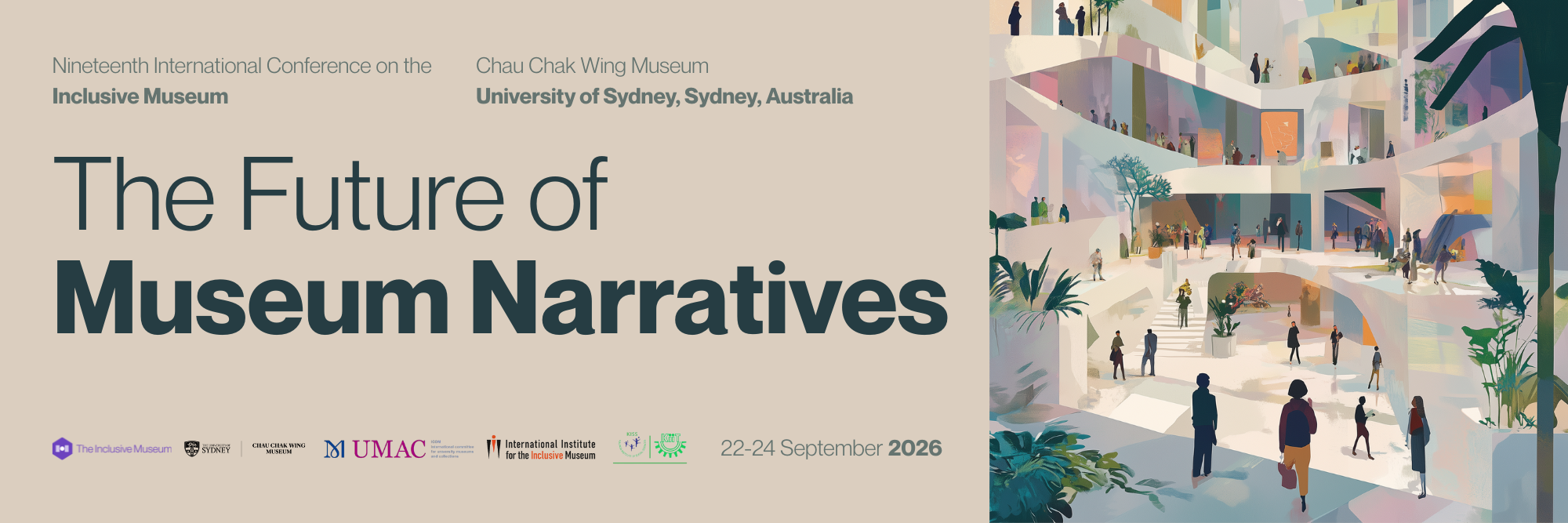Abstract
Mercer University, located in Macon, GA, integrated in 1963 by inviting and accepting a Ghanaian student as the ‘first black student’ at Mercer. His name is Sam Oni, and Mercer celebrates him on many important university occasions. However, until recently, the full story of Mr. Oni’s and other “first” black students’ integration was not told. At the dawn of the 60th anniversary of Mercer’s integration, my applied social justice class conducted a research project in our university’s archive in order to tell a more accurate narrative about the context of integration in the 1960s and 70s in order to see where we have come from and the work that is yet to be done. Comparing experiences and images from the first two decades of Mercer’s integration by combing through yearbooks, the student newspaper and the Board of Trustees minutes, we showcased continuing segregation at the school as well as outright racism. Students also conducted interviews with current minoritized students and faculty, asking how included and supported they felt at the university in 2023. Working with a graphic design student, I curated an exhibition on the findings titled, “Mercer’s Integration: The Good, The Bad, The Unfinished.” My paper explores not only the findings and curatorial aspects of this project, but how university administrators and funders directly interfered in the project, asking to see and ‘vet’ all of the research and materials we planned on including in the exhibit. I discuss the power institutions have over history and representation.
Presenters
Natalie BourdonAssociate Professor of Anthropology and Women's and Gender Studies, Director Applied Social Justice, College of Liberal Arts and Sciences, Mercer University, Georgia, United States
Details
Presentation Type
Paper Presentation in a Themed Session
Theme
KEYWORDS
Representation, Universities, Racial Integration, Institutional Power

